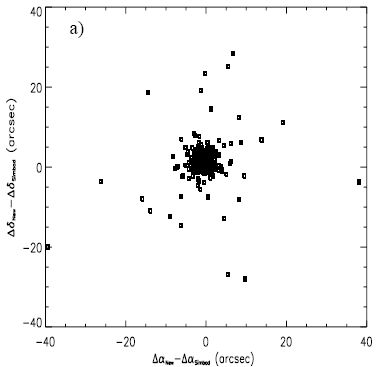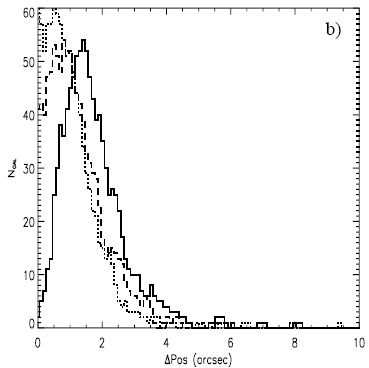Scientific Results
- Positions for CIG galaxies
- Redshift and distances
- Morphologies
- Isolation
- A catalogue of neighbours around isolated galaxies based on POSS I & II images
- Quantification of isolation based on POSS I & II images
- Revision of isolation criteria using the SDSS
- Effects of the environment on galaxies in the..
- Catalogues of isolated galaxies, isolated pairs, and isolated triplets..
- Star formation
- Optical specialization
- Radio continuum properties
- Atomic gas
- Isolated Galaxies
- Environment and faint features of CIG 96: deep optical and HI observations (2018)
- Atomic gas scaling relations (2018)
- A ∼12 kpc HI extension and other HI asymmetries in the isolated galaxy CIG 340 (2014)
- HI asymmetry in the isolated galaxy CIG 85 (2012)
- HI asymmetries in the isolated galaxy CIG 292 (2011)
- Asymmetries in isolated galaxies (2011)
- The large asymmetric HI envelope of CIG 96 (2005)
- Compact groups
- Studies of complementary samples
- Isolated Galaxies
- Molecular gas
- Nuclear activity
Positions
During preparatory work on the survey we searched for CIG positions in the SIMBAD database and noticed shifts with respect to the central positions of the galaxies, reaching in some cases up to several tens of arcseconds. This fact not only prevents accurate pointings for reduced fields of view, but also makes cross-identifications with other available catalogs more diffiult. We then searched the Updated Zwicky Catalogue (UZC; Falco et al. 1999) whose accuracy peaks at 1″ with a width of 1″.45, as estimated after matching with the FIRST 1.4 GHz catalog (White et al. 1997). Still in a preliminary exploration mode we found CIGs with positional errors larger than 10″ in the UZC. This motivated us to revise the positions of the entire CIG in a systematic way. We decided to provide positions for the entire catalog without consideration of any isolation criterion.
Method
We obtained Digitized Sky Survey (DSS) red images of all CIG galaxies in J2000 coordinates, with pixel sizes of 1″.2 and 6′ x 6′ fields. The images were analyzed in an automatic procedure using the SExtractor software (Bertin & Arnouts 1996) for sources brighter than 4σ the background level. Those closer to the original CIG position were automatically selected but later revised visually in order to confirm that we had targeted the right galaxy. The internal error of the position fit is better than 0.”05.
Once the automatic process was done, a visual check of the SExtracted positions was performed for all the galaxies. We calculated the differences found in α and δ between our estimated positions and those obtained from SIMBAD (Fig. 1 and 2).
Taking into account the internal error from SExtractor and the error from astrometry, these new positions are correct within an error of ~0.”5 for 90% of the CIG galaxies. For the rest of galaxies the errors are linked with late morphological types that required an interactive reprocessing of the data.
The new positions are available in electronic form at the CDS or in our public database.

